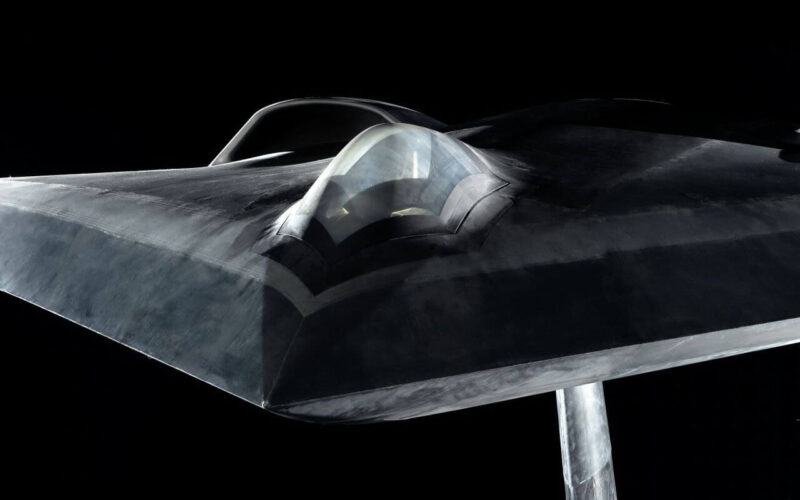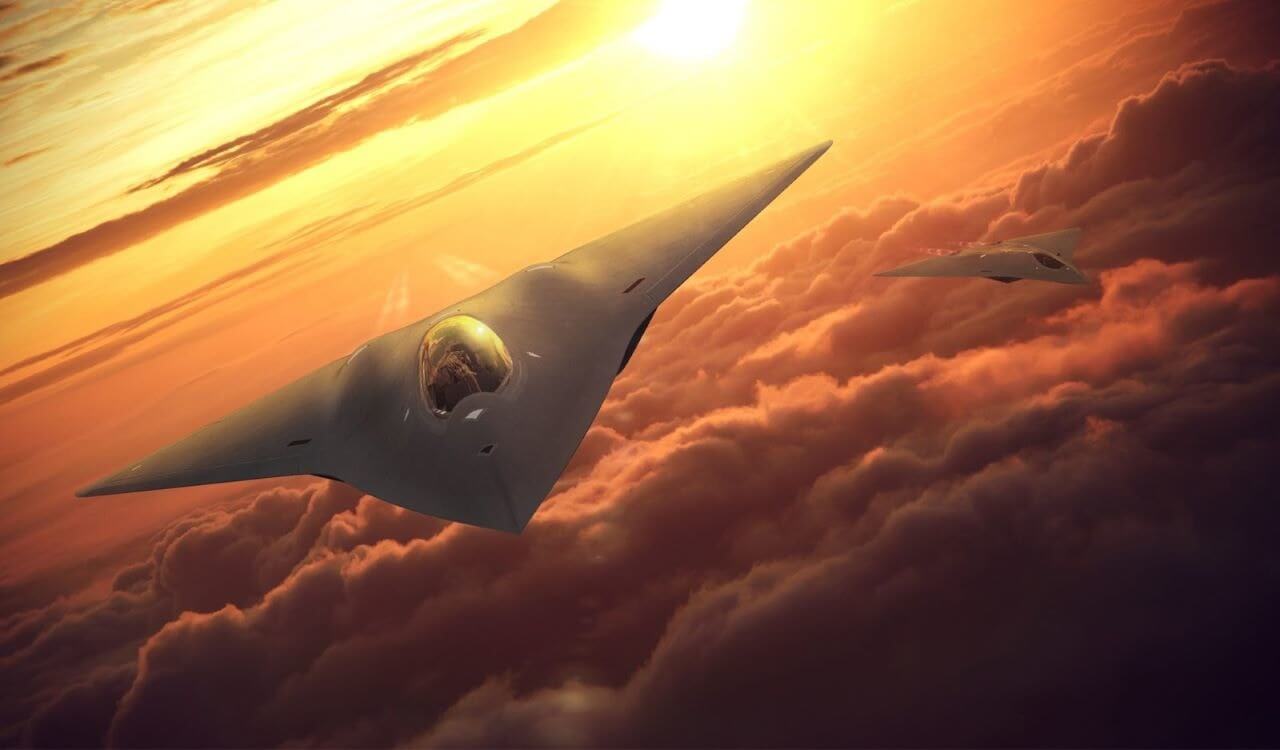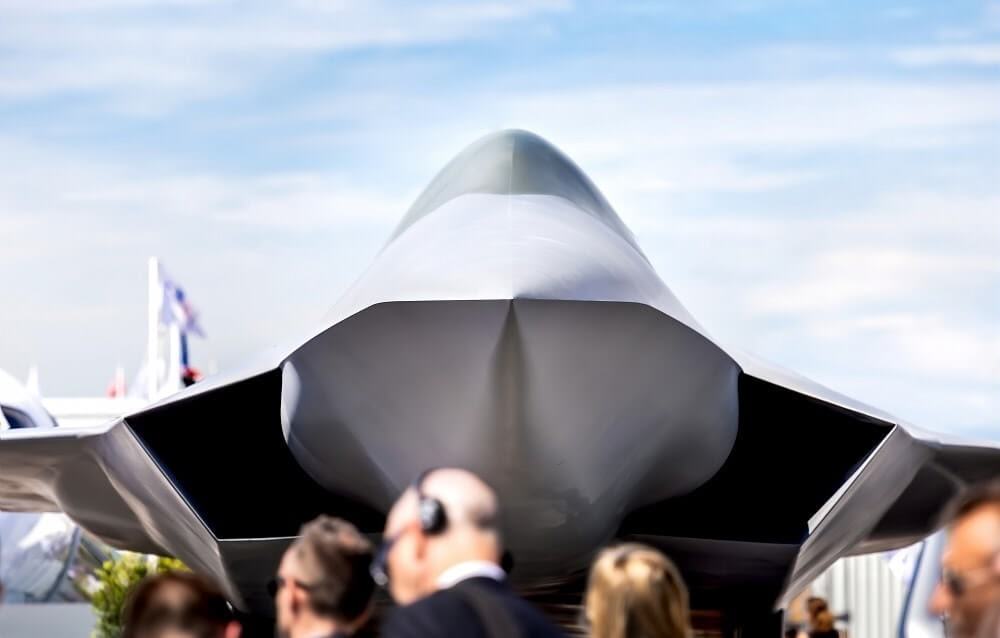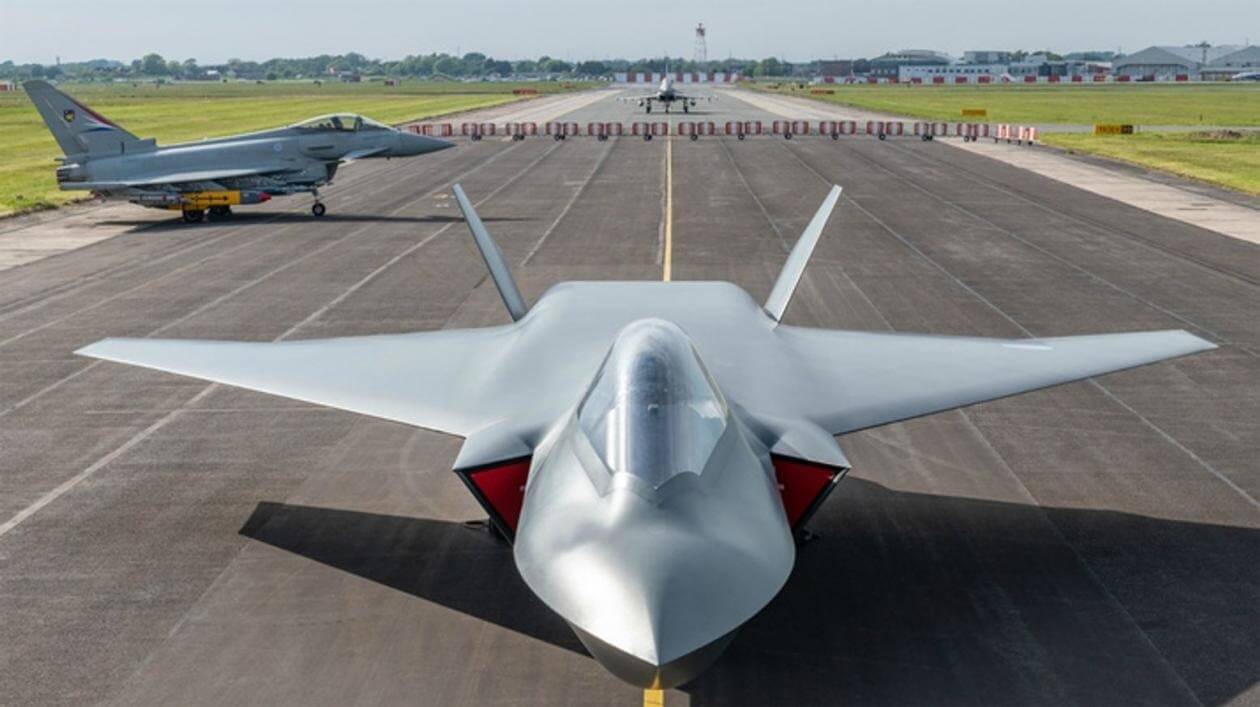While several countries are still developing the fifth-generation of fighter jets, the most advanced so far, manufacturers around the world are already outlining the future of combat aircraft. Let’s take a look at the most promising ones.
After the end of the Cold War, the idea of an open conflict between two nation-states seemed less likely. As military doctrines turned towards asymmetrical conflicts, the fighter planes found themselves confined to a ground support role. But the emergence of new global powers and the intensification of territorial tensions are pushing armed forces to reconsider the battlefield of tomorrow where aerial superiority could once again become a priority. Manufacturers are already laying out the plans on what the future fighter jets will be.
1. Next Generation Air Dominance, finding a successor for the F-22 Raptor
From the Air Superiority 2030 report, published in 2016, emerged the necessity to create a new fighter jet capable of replacing both the F-15 Eagle and the F-22 Raptor. Thus came out the Next Generation Air Dominance (NGAD) program, aimed at developing a “Penetrating Counter Air” (PCA) fighter jet along with “a family of capabilities that operate in and across the air, space and cyberspace domains.”
This new aircraft would need to operate on a long-range in order to reach faraway theaters without fixed bases, such as the Pacific. With the increased presence of Anti-Access/Area Denial (A2/AD) systems, supersonic speed and stealth would also be a must.
(Lockheed Martin)
To fulfill its strategic needs in a shorter period of time, the United States Air Force Secretary Will Roper said the program might take inspiration from the Century Series Fighters that led to the development of no less than six fighter jets (and two canceled projects) in less than six years: the F-100 Super Sabre, the F-101 Voodoo, the F-102 Delta Dagger, the F-104 Starfighter, the F-105 Thunderchief, and the F-106 Delta Dart, all from different manufacturers.
The development of that “Digital Century Series” would see a reduced number of aircraft introduced every five to six years, incorporating the latest technology available. Each airframe could be developed around a unique capability, with one embarking directed-energy weaponry while another one would focus on electronic warfare. That would allow them to work as a network capable of countering any type of threat.
Boeing, Lockheed Martin, and Northrop Grumman have all announced they were conducting experimental studies while awaiting the official call for tenders from the USAF.
2. The MiG-41, bringing the MiG-31 into the 21st century
After relying on Sukhoi for its last platform, the Su-57, Russia may turn to its second design bureau, Mikoyan-Gourevitch (MiG), to create the country’s sixth-generation fighter. That is at least what the manufacturer has been putting forward since 2017.
However, Mikoyan did not create any new fighter jet since the MiG-31, which entered service in… 1981. Facing critics, CEO Ilia Tarassenko is optimistic. “This is not a mythical project, it is a project launched by MiG a long time ago. We are carrying out this work intensively under the supervision of the United Aeronautical Consortium (UAC) and we will soon present the results to the general public,” he said to journalists.
Much like its Cold War predecessor, the MiG-41 is expected to be an interceptor. But to adapt to the threats of this new century, it will need to demonstrate extraordinary performances. For example, the aircraft should be able to reach space… almost. Indeed, according to its manufacturer, it will be able to evolve in the troposphere, at an altitude ranging from 9,000 to 17,000 meters (30,000 to 55,000 feet) above sea level – a little under what the MiG-25 and the SR-71 are capable of. Its top speed of 3,675 kph (2300 mph) will allow it to shoot down hypersonic missiles. The MiG-41 is expected to enter service in 2030.
3. Future Combat Air System, France and Germany’s cooperation on Dassault Rafale and Eurofighter Typhoon’ grounds
During ILA Berlin 2018 in April 2018, Dassault Aviation and Airbus, along with their respective governments, announced an agreement to cooperate on the development of the Future Combat Air System (FCAS), which is due to replace the Dassault Rafale and the Eurofighter Typhoon. In February 2019, Germany and France were joined by Spain, with the industrial participation of Indra Sistemas.
(Dassault Aviation)
Much like its American counterpart, the FCAS aim at developing not only a new aircraft (Next Generation Fighter, NGF) but what they define as a “system of systems” that will see the fighter jet cooperating with other elements, such as a swarm of support drones called Remote Carriers to form what was introduced in Paris Air Show 2019 as an Air Combat Cloud (ACC). Airbus and MBDA are both working on concepts for such drones.
4. Tempest – the other European fighter jet
Three months after the FCAS project was officially launched, the United Kingdom unveiled a sixth-generation fighter project named Tempest during Farnborough Air Show in July 2018. As outlined in its Combat Air Strategy, it is set out to replace the Eurofighter Typhoon within the Royal Air Force by 2030. The “Team Tempest” was joined by Italy in September 2019. The program now regroups BAE Systems, Leonardo UK, MBDA UK Leonardo Italy, Rolls Royce, MBDA Italy, Avia Aero, and Elettronica Group.
(BAe Systems)
Like the two aircraft presented before, the Tempest should also be supported by an array of drones and share its data with other assets on the battlefield, giving it what is known as a Cooperative Engagement Capability (CEC).
Sweden has signed a Memorandum of Understanding for Saab to explore “a joint combat air development and acquisition programme, including the development of new concepts to meet both nations’ future requirements.”
5. China’s mysterious sixth-generation fighter
China is one of the few countries around the world that has fielded a fifth-generation fighter. The Chengdu J-20 stealth fighter jet, which officially entered service in February 2018. But doubts regarding its performance, especially against its U.S. counterparts the F-22 and F-35, have since emerged.
A year after the J-20 was inducted, the Global Times was already reporting that China started the development of prototypes for a sixth-generation of fighter jets. An official from Chengdu Aircraft Research and Design Institute said it was eying to develop it by 2035, if not earlier.
Not much is known about China’s mysterious sixth-generation fighter. Rumors say the aircraft will be able to command drones and rely on artificial intelligence, much like its western counterparts




